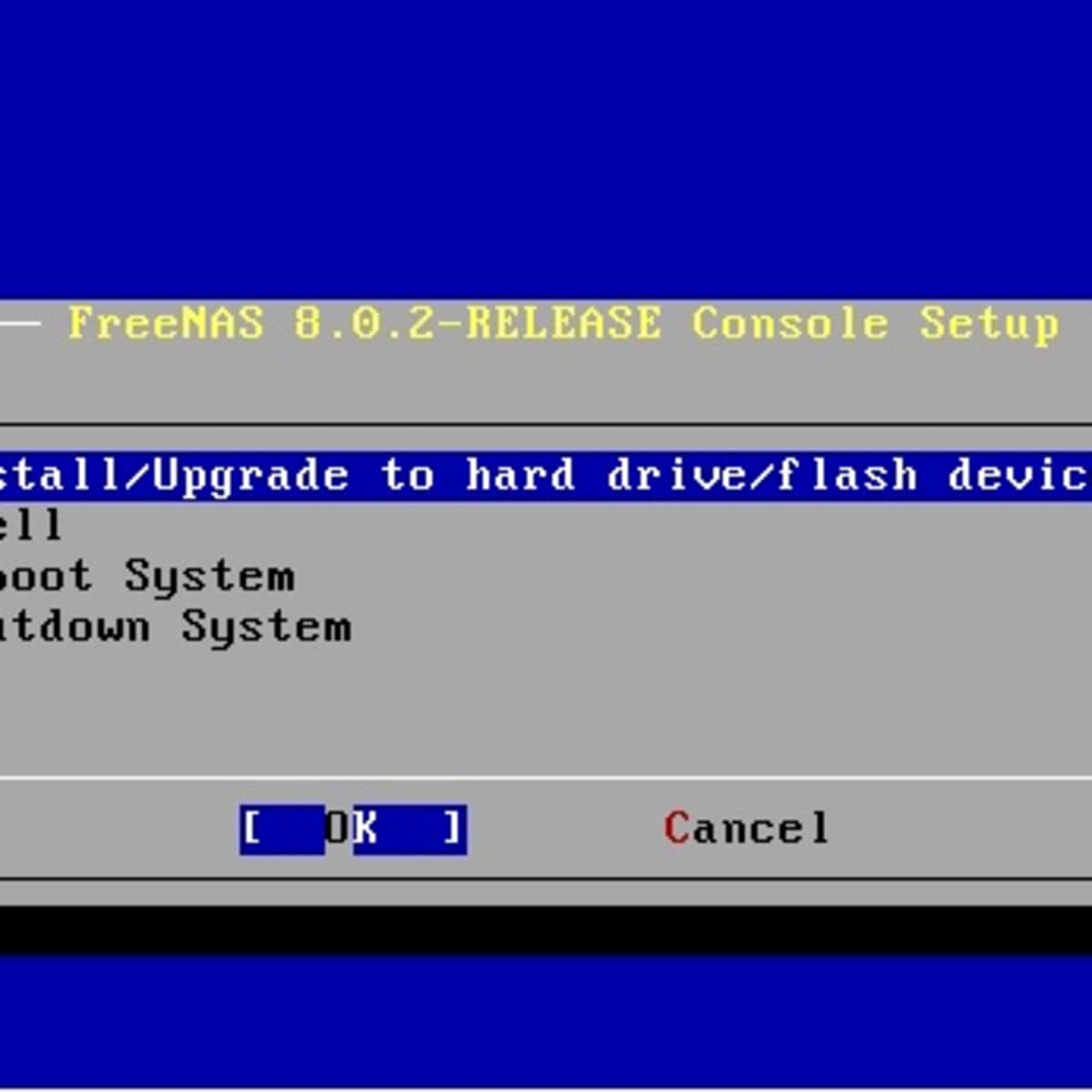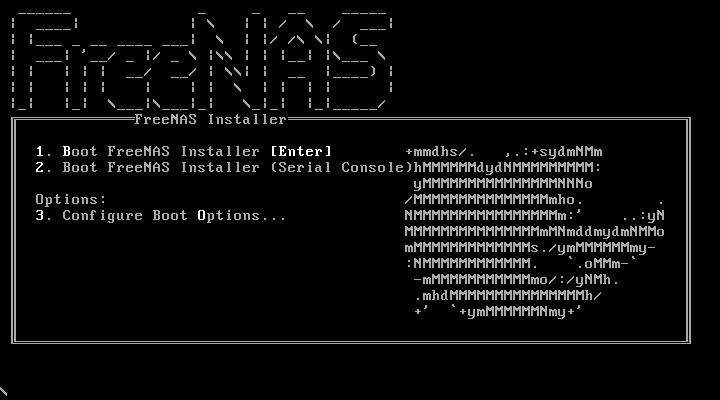

allow the NTP daemon to make a large first adjustment to the system clock, you can set the environment variable NTPD_OPTS in the /etc/conf.d/ntpd file as follows: However, if you want to override the default behaviour, i.e. Note that, by default, the NTP daemon won’t correct, all in one go, a time difference between your system clock and the remote NTP server if that difference is above a certain size. Sabayon Linux has the file configured this way by default.

hardware clock) when you shut down your PC. If you make clock_systohc=”YES” in the file /etc/conf.d/hwclock then the time in the system clock will be written to the BIOS (CMOS) clock (a.k.a. Will add the daemon’s initscript to the default runlevel so that it is run automatically at next startup, and the command: Regarding the NTP daemon, it is possible to set this to run at start-up from the command line rather than via a Desktop Environment GUI. “sleep 10s & /etc/init.d/ntp-client restart” in /etc/conf.d/local. Yet another way (a ‘quick-and-dirty’ solution) is to delay running ntp-client until the network is up after boot by putting e.g. Another way is to create a cronjob to run the ntpdate command or the “/etc/init.d/ntp-client restart” command. If you are using NetworkManager on your PC, an elegant solution is to use NetworkManagerDispatcher to restart ntp-client in order to resync your system clock every time a network connection comes up. Some solutions to this problem are given in the Sabayon Linux Forums thread Having now configured a couple of PCs to sync their system clock by using NTP, I can answer my own question regarding ntp-client:Īlthough I have read on some sites that /etc/init.d/ntp-client should be added to the default runlevel in order to read the time from an NTP server (once-only, during start-up), this in fact does not work because usually the network connection is not up by the time the ntp-client initscript runs.
Softraid config on 11.02 of nas4free install#
That is all it takes to install and set up a Sabayon system to use NTP to set system clock. You may chose to de-select those and choose the NTP servers that you prefer to use. The NTP servers pre-selected by the system. By default, four NTP servers are pre-selected, so you do not really need to do anything here. With NTP selected as the mode for setting time, the next screen presented allows you to select NTP servers to use. Make sure that your timezone is correctly selected. Click on the Configuration dropdown and select “Keep synchronized with Internet servers”. With the Time and Date utility unlocked, you’ll notice that by default, the system sets its time manually. Click on the Unlock button to gain the rights needed to change the system’s time. Launch the Time and Date utility from the menu (System > Administration > Time and Date). With that out of the way, now we are ready to set up the system to use NTP. To do that, launch a shell terminal (Applications > Accessories > Terminal), su to root, and type /etc/init.d/ntp-client start as shown in the screenshot below. Unlike ntpd, you’ll have to manually start it.

It is automatically started after installation. ntpd is used to maintain time on a running system. These are the ntp-client and ntpd scripts. When the installation is completed, you will find two scripts related to NTP under the /etc/init.d directory. Click on the Commit Actions button to start installation. The Installation tab shows that two packages will be installed. Then click on the Installation tab to see the packages that are going to be installed. From the search results, right-click on the NTP package and select “Install”. Make sure that the “Available” tab is selected, and type in “ntp” into the search box. Step one is to launch Sulfur, Sabayon’s graphical package manager, from the menu (System > Administration > Sulfur) or by double-clicking Sulfur’s icon on the desktop. It allows your computer’s clock to be accurate, atomic-clock accurate. NTP is the protocol that allows a networked device to sync it’s clock with that of NTP servers on the Internet.
Softraid config on 11.02 of nas4free how to#
This post provides a step by step guide on how to install and setup NTP on Sabayon 5. One thing I pointed out in that review is that the NTP (Network Time Protocol) package is not installed by default.

The GNOME edition was just reviewed here. The latest version, Sabayon 5, was released on October 2, 2009. Sabayon is a Gentoo-based, GNU/Linux distribution.


 0 kommentar(er)
0 kommentar(er)
